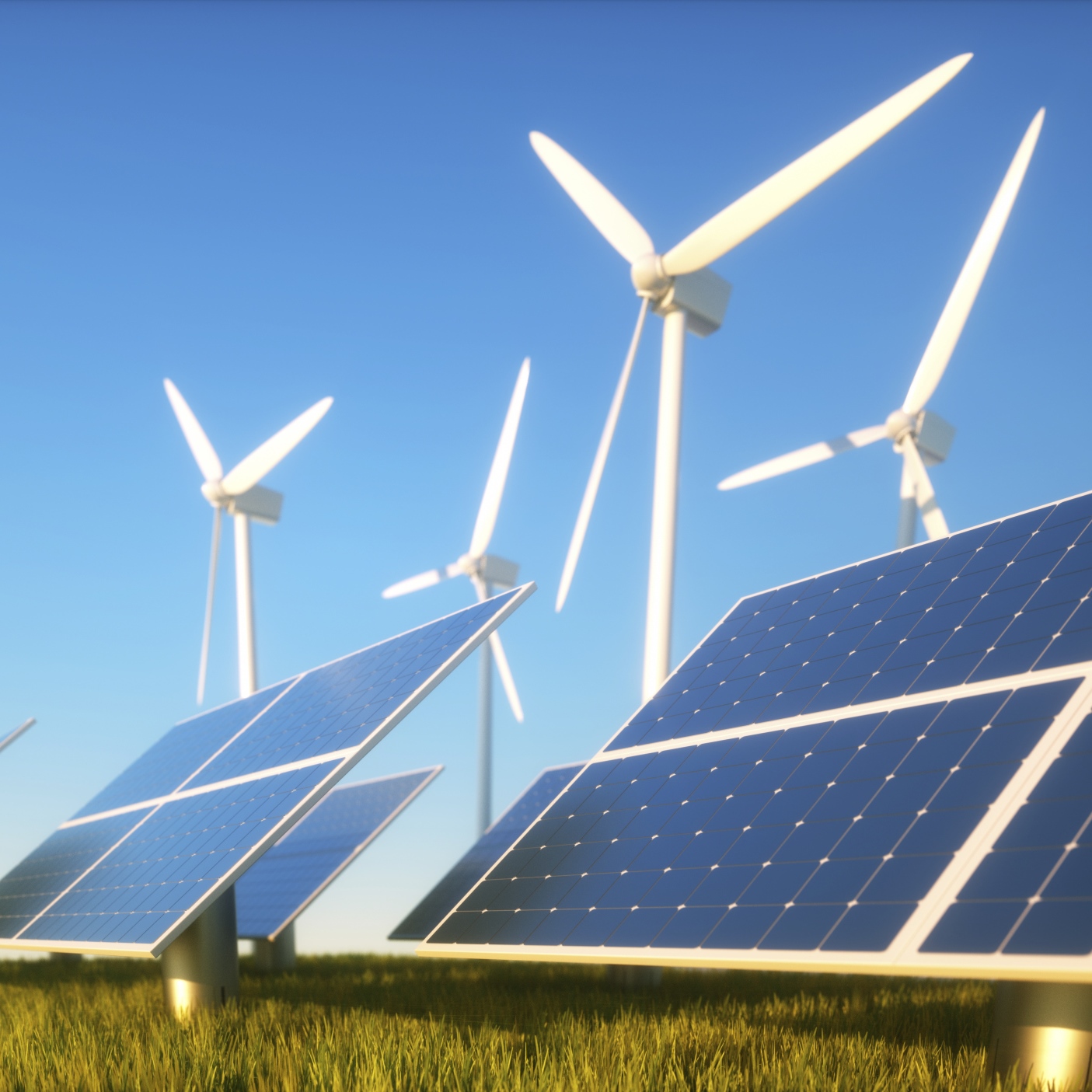Energy
Global Renewable Energy Investments to Reach $11.5 Trillion Through 2050

Published:
Last Updated:

Between now and 2050, global spending on new electric power generation is forecast to total $11.5 trillion. Of that total, 73% — $8.4 trillion — will be invested in solar and wind and another $1.5 trillion in other zero-carbon technologies like hydro and nuclear. Another $548 billion will be invested in battery capacity by 2050.
This investment will produce a 17-fold increase in solar photovoltaic capacity worldwide and a six-fold increase in wind power capacity. The levelized cost of electricity (LCOE) from new solar photovoltaic (PV) plants is forecast to fall a further 71% by 2050, while that for onshore wind drops by a further 58%. These two technologies have already seen LCOE reductions of 77% and 41% respectively between 2009 and 2018.
The data were reported Thursday by Bloomberg NEF (BNEF) in the firm’s New Energy Outlook (NEO) for 2018.
While the forecast increases are impressive in every area of renewables, the impact that falling battery costs will have on the electricity mix over the coming decades is perhaps the most impressive. BNEF predicts that lithium-ion battery prices, already down by nearly 80% per megawatt-hour since 2010, will tumble another 67% by 2030 as electric vehicle manufacturing ramps up.
Seb Henbest, lead author of the NEO, said:
The arrival of cheap battery storage will mean that it becomes increasingly possible to finesse the delivery of electricity from wind and solar, so that these technologies can help meet demand even when the wind isn’t blowing and the sun isn’t shining.
The big loser is coal. Elena Giannakopoulou, head of energy economics at BNEF, said:
Coal emerges as the biggest loser in the long run. Beaten on cost by wind and PV for bulk electricity generation, and batteries and gas for flexibility, the future electricity system will reorganize around cheap renewables – coal gets squeezed out.
BNEF predicts that coal will generate just 11% of global electricity by 2050, down from about 38% currently.
Given the bearish outlook for coal, BNEF now sees global electricity sector emissions rising 2% from 2017 to a peak in 2027, and then falling 38% to 2050.
However that won’t be enough to meet the target of a two-degree Celsius increase in global temperatures. Matthias Kimmel, energy economics analyst at BNEF, commented:
Even if we decommissioned all the world’s coal plants by 2035, the power sector would still be tracking above a climate-safe trajectory, burning too much unabated gas. Getting to two degrees requires a zero-carbon solution to the seasonal extremes, one that doesn’t involve unabated gas.
An executive summary of the 2018 NEO is available on the Bloomberg New Energy Finance website.
The thought of burdening your family with a financial disaster is most Americans’ nightmare. However, recent studies show that over 100 million Americans still don’t have proper life insurance in the event they pass away.
Life insurance can bring peace of mind – ensuring your loved ones are safeguarded against unforeseen expenses and debts. With premiums often lower than expected and a variety of plans tailored to different life stages and health conditions, securing a policy is more accessible than ever.
A quick, no-obligation quote can provide valuable insight into what’s available and what might best suit your family’s needs. Life insurance is a simple step you can take today to help secure peace of mind for your loved ones tomorrow.
Click here to learn how to get a quote in just a few minutes.
Thank you for reading! Have some feedback for us?
Contact the 24/7 Wall St. editorial team.